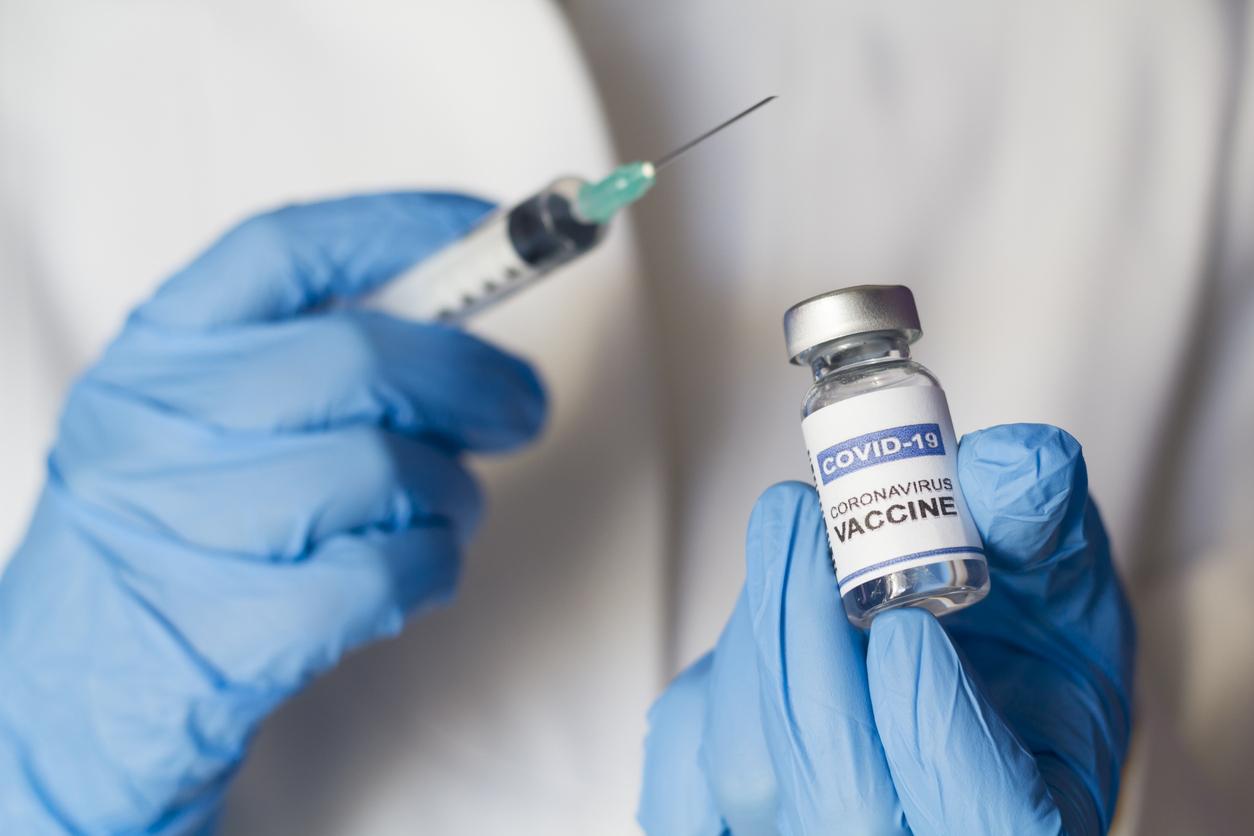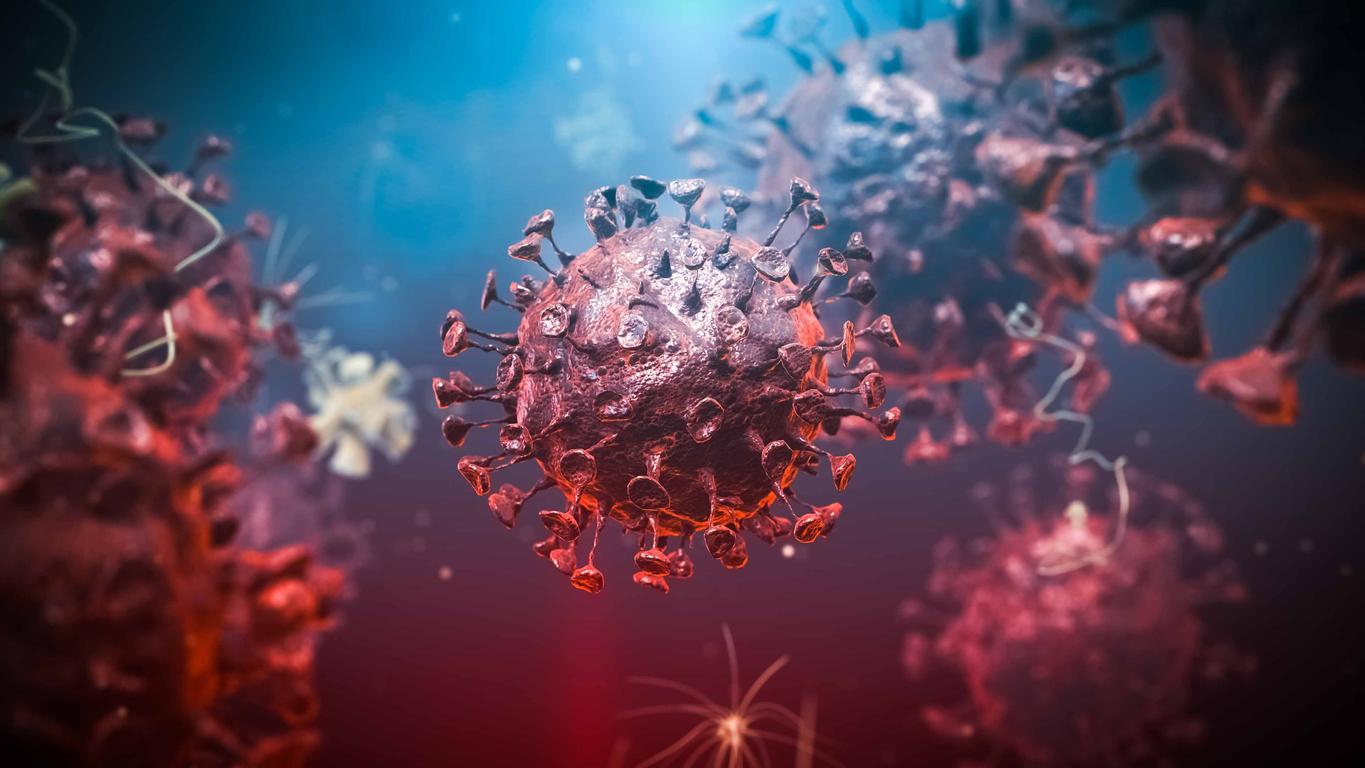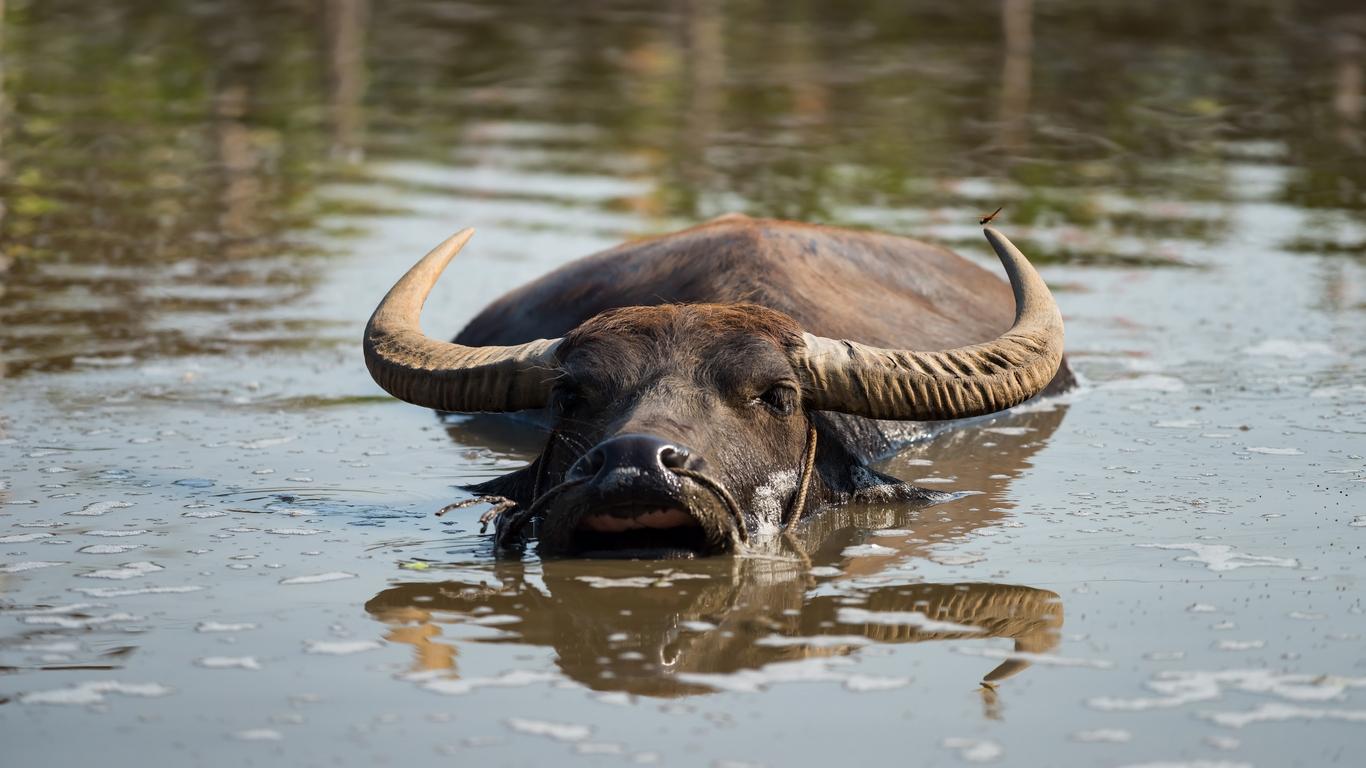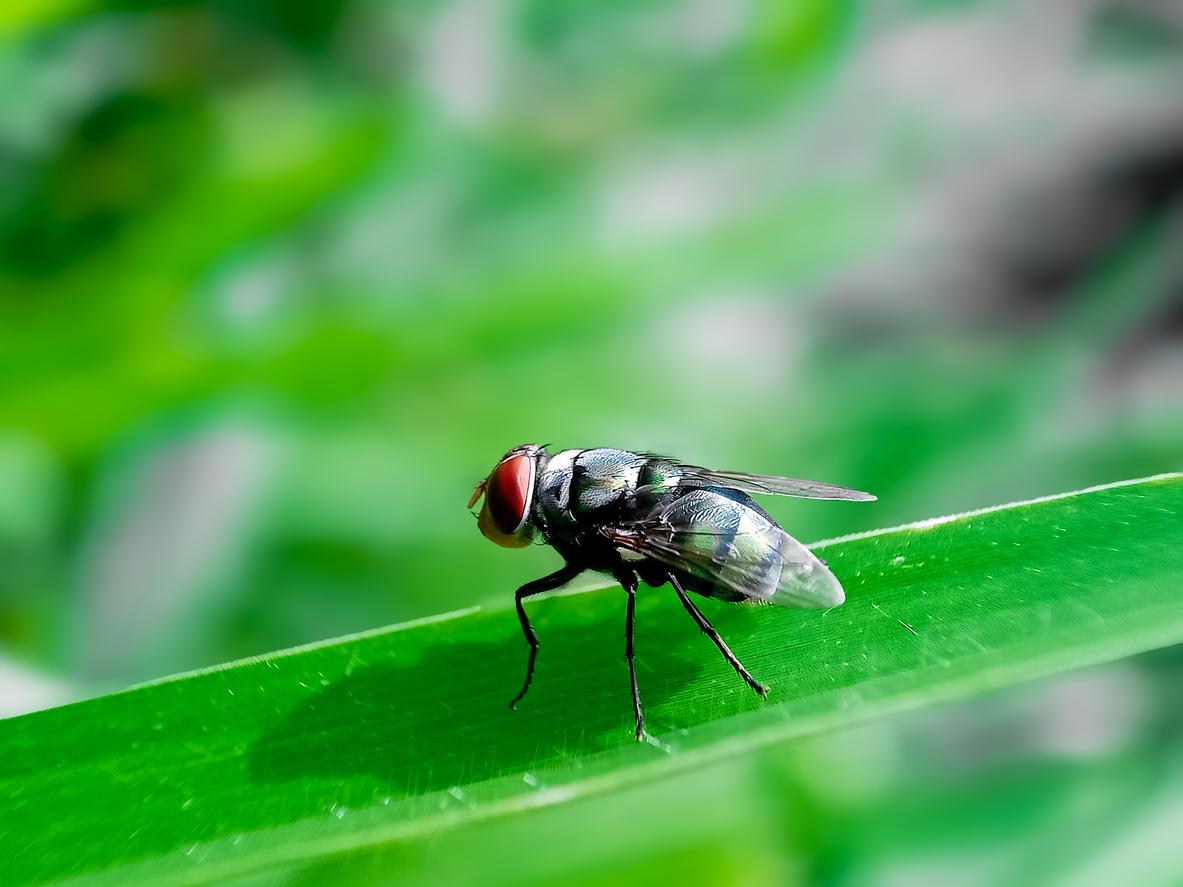A new database helps to better understand the impact of Covid-19 on animals.

- Researchers hope this database will be used to develop prevention and surveillance guidelines to reduce the risk of transmission of Covid-19 to animals
- The dashboard will be updated weekly for at least another year.
- The anti-Covid recall campaign starts on Monday with the three new generation vaccines, effective against Omicron.
While we regularly have new data on Covid-19, those concerning infections in animals are rare… However, the virus also circulates among them.
But, thanks to researchers, we now know a little more: they have tackled this lack by creating a global database.
The number of animals infected with Covid-19 is increasing
Called Sars-Ani, it identifies all cases of contamination in animals (2,000 as of September 28, 2022) and provides new information essential for a better understanding of the virus. First observation made by scientists after crossing data from the World Organization for Animal Health (OMSA, founded as OIE) and the Surveillance Program for Emerging Diseases (ProMED): the curve of infections follows that of humans. “After a plateau, the number of cases is currently increasing, slowly but surely“says Amélie Desvars-Larrive, epidemiologist and researcher at the University of Veterinary Medicine in Vienna (Austria) who leads the research team.
This is due to the following reason:it is we who transmit the virus to animals. The risk that they pass it on to us is very low.” she develops. It is therefore more than ever advisable to keep your distance from our favorite companions in the event of infection.
This question of “who infects whom“was posed in particular at the heart of the epidemic when cases of pets had been discovered and abandonment was to be feared because of fake news.
Several species are affected by Covid-19
Second observation of the researchers: pets, dogs and cats, are not the only ones affected. Thirty species have been victims of Covid-19 in nearly 40 countries, including big cats, deer, hamsters, beavers and even an armadillo. Among the most affected animals are mink, slaughtered by the millions in 2020 after a mutation of the virus.
In the vast majority of cases, animals are asymptomatic but they can develop respiratory symptoms, just like humans. Finally, the mortality rate is relatively low among animals: around 2.8% for all species combined.
Given that “it is we who transmit the virus to them, we represent a danger “according to Amélie Desvars-Larrive. In the event of a new epidemic wave, it would therefore be wise to shelter the animals most at risk, such as felines of protected species found in zoos.


















